Fouga Magister CM-170 US Navy
Production Time 11 to 12 weeks
Shipment is by FedEx, UPS or DHL International Express Courier with a normal door-to-door delivery time worldwide of within 2-3 business days after dispatch. Due to the current volatility of world fuel prices, the amount mentioned here is our best estimate for DHL and UPS and may be subject to change at the time of shipping.

Model Description: Fouga Magister CM-170 US Navy Wood Replica Transparent Scale Custom Model Aircraft
Manufacturer: Fouga Magister
Wingspan: 17 Inches (43.2 Centimeters)
Height: 3.9 Inches (9.9 Centimeters)
Scale: 1:28
$324.50
Production Time 11 to 12 weeks
-
United States dollar ($)
-
Pound sterling (£)
-
Euro (€)
-
Australian dollar ($)
-
Canadian dollar ($)
-
Singapore dollar ($)
-
Swiss franc (CHF)
-
Japanese yen (¥)
-
Danish krone (kr.)
-
Hong Kong dollar ($)
-
Norwegian krone (kr)
-
Swedish krona (kr)
-
United Arab Emirates dirham (د.إ)
General Product Description
Our PlaneArt Fouga Magister CM-170 US Navy model exhibits unique, unrivaled quality and detailed design to come as close as possible to the accuracy of the actual plane. It comes as standard with a robust, durable base or stand which is available in a variety of different finishes designed to match your own personal requirements including solid wood, wood with polished metal supports or adjustable wood wall mount and will be ready within about 9-10 weeks from placement of order.
The Fouga Magister CM-170 US Navy model is made of the finest kiln dried renewable mahogany wood (commonly known as Lauan or Meranti) which has undergone many stages of carving and meticulous and careful sanding giving the beautiful, finished museum quality masterpiece. Many collectors and model connoisseurs demonstrate their preference for genuine handmade and hand painted mahogany wood models rather than plastic or die cast (diecast) alternatives due to the overall look and totally different feel of the item - we trust you will find the same. We can however, if required produce the same model in Solid Cast Resin so just click and contact us for further information. Our craftsmen and gifted artisans ensure that our finely handcrafted model airplanes match the precise blueprint details of the original aircraft. The paint scheme, markings and parts are closely matched, reflecting the original aircraft. This stylish top-quality desktop replica model will surely enthrall anyone who receives this as a gift and for sure one of the most appropriate and desirably collectable gifts for any aviation enthusiast or avid military jet aircraft collector whilst also displaying a perfect resemblance to the actual real life version.
There are many types of military jet aircraft, but the basic types are bombers, fighters, fighter bombers, spotter planes, transporters, patrol aircraft, trainers, and reconnaissance and observation aircraft. All these types of aircraft are used for different types of missions. If you're a fan of historic or present-day military aviation, our model aircraft will bring the excitement and character of these aircraft right into your own home.
If you require, we can also make the Fouga Magister CM-170 US Navy model in any other military, government or even private livery or colour scheme you require and if necessary, in a different size or scale. Just click here to contact us with a description or photographs of what you require, and we will let you have a quotation for the necessary customization by return email. We can also make bespoke scale replicas of any other private / civil commercial airliner or airliners, helicopter, glider, gliders with engines, military propeller, warplane jets, biplane, triplane, tail fin, spacecraft, rocket or NASA model you require in any airline, military or civilian livery or colors. We also produce model airships, blimps, dirigibles, blimps, boats, and ship collectibles. Wall plaque or seal for military, government or private customers. Again, by clicking here to contact us just let us know exactly what you need.
The Fouga Magister CM-170: A Timeless Classic in US Navy History
In the annals of aviation history, certain aircraft stand out not only for their engineering brilliance but also for their enduring legacy. One such aircraft is the Fouga Magister CM-170, a versatile and agile jet trainer that left an indelible mark on the world of military aviation. While primarily known for its service in the French Air Force, the Fouga Magister also found its way into the inventory of several other air forces, including the United States Navy (USN). Let’s delve into the key features and significance of the Fouga Magister CM-170 in the context of its service with the US Navy.
Historical Context:
The Fouga Magister CM-170 was conceived in the early 1950s by the French aircraft manufacturer Fouga. Designed to meet a French Air Force requirement for a jet trainer capable of preparing pilots for high-performance aircraft, the Magister quickly gained renown for its exceptional handling characteristics and reliability. Its distinctive twin-engine configuration, coupled with a slender fuselage and swept wings, gave it a sleek and elegant appearance.
Key Features:
- Twin-Engine Configuration: Unlike many other jet trainers of its era, the Fouga Magister boasted twin Turbomeca Marboré turbojet engines. This setup not only provided redundancy and safety but also contributed to the aircraft’s impressive performance.
- Advanced Training Capabilities: The Magister was renowned for its suitability as an advanced trainer. It equipped pilots with the skills necessary to handle high-performance jet aircraft, including advanced aerobatics, instrument flying, and navigation techniques.
- Durability and Reliability: Built to withstand the rigors of military training operations, the Fouga Magister was renowned for its durability and reliability. Its robust construction and simple, yet effective, systems made it a favorite among pilots and maintenance crews alike.
- Agile Handling: One of the standout features of the Magister was its agile handling characteristics. Its responsive controls and predictable flight behavior made it an ideal platform for training pilots in a wide range of maneuvers, from basic aerobatics to combat tactics.
- Versatility: While primarily designed as a trainer, the Fouga Magister also demonstrated remarkable versatility. It was adapted for various roles, including light attack, reconnaissance, and target towing, further enhancing its value to military operators.
Service with the US Navy:
In the early 1960s, the United States Navy recognized the potential of the Fouga Magister as a jet trainer and light attack aircraft. Under the Military Assistance Program (MAP), the USN acquired a number of surplus Magisters from France and other NATO allies. These aircraft were designated T-24 in US Navy service and were primarily used for training purposes.
The T-24 Magister served with distinction in the US Navy, preparing countless naval aviators for the demands of carrier-based operations. Its rugged construction and forgiving flight characteristics made it an ideal platform for teaching the intricacies of carrier landings and other essential skills.
Beyond its role as a trainer, the T-24 also saw limited service as a light attack aircraft, operating in the adversary role during training exercises and providing valuable support to naval aviation units.
Despite being replaced by more modern trainers in subsequent years, the Fouga Magister left an enduring legacy in US Navy history. Its contribution to pilot training and its role in shaping the skills of naval aviators cannot be overstated.
Conclusion:
The Fouga Magister CM-170 stands as a testament to the ingenuity and craftsmanship of its designers. With its advanced training capabilities, agile handling, and versatility, it left an indelible mark on the world of military aviation. In the service of the United States Navy, the T-24 variant played a vital role in preparing generations of naval aviators for the challenges they would face in the skies. Though no longer in active service, the legacy of the Fouga Magister continues to inspire admiration among aviation enthusiasts and professionals alike.
| Weight | 6 kg |
|---|---|
| Dimensions | 14.1 × 17 × 3.9 in |


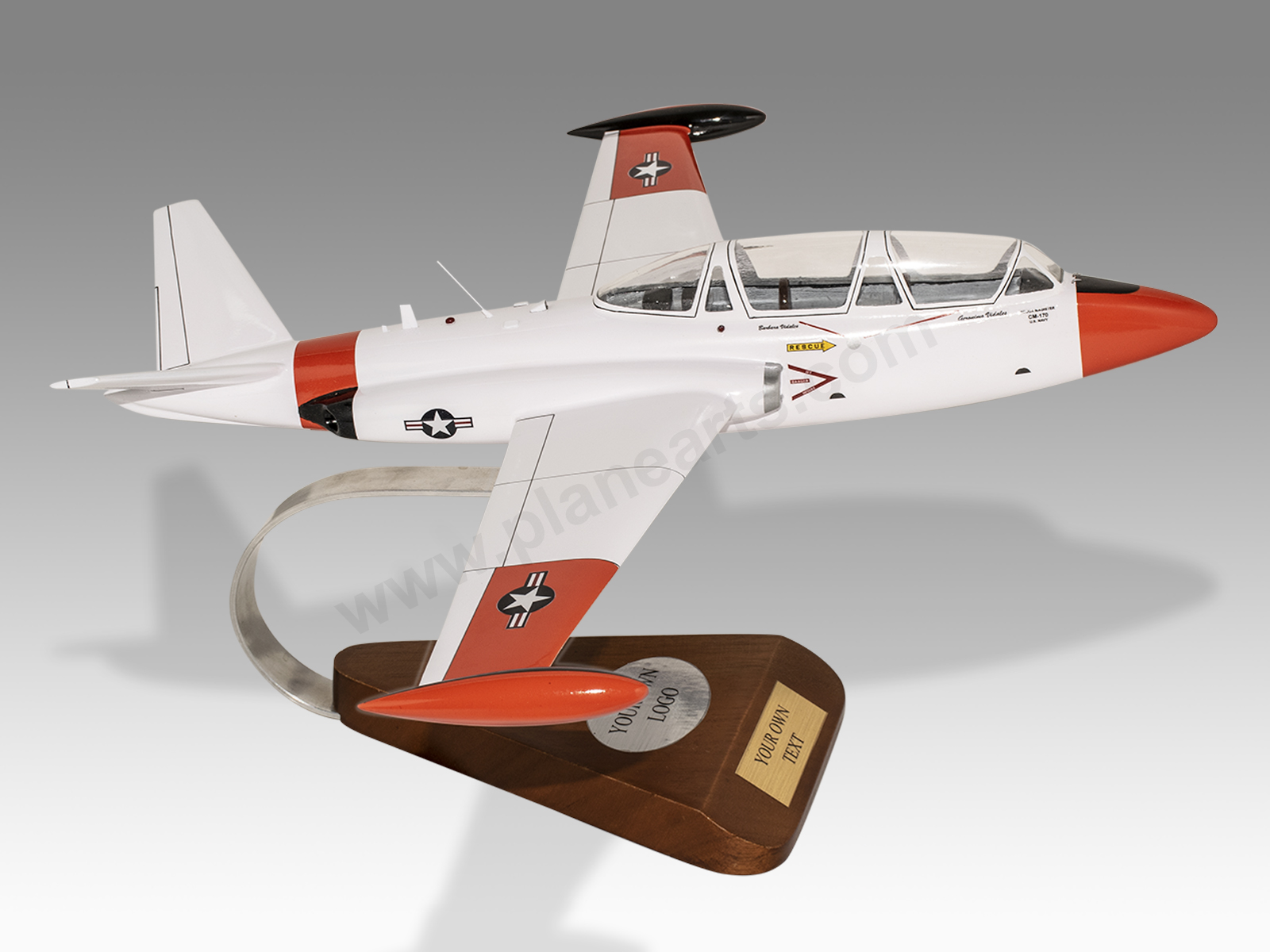
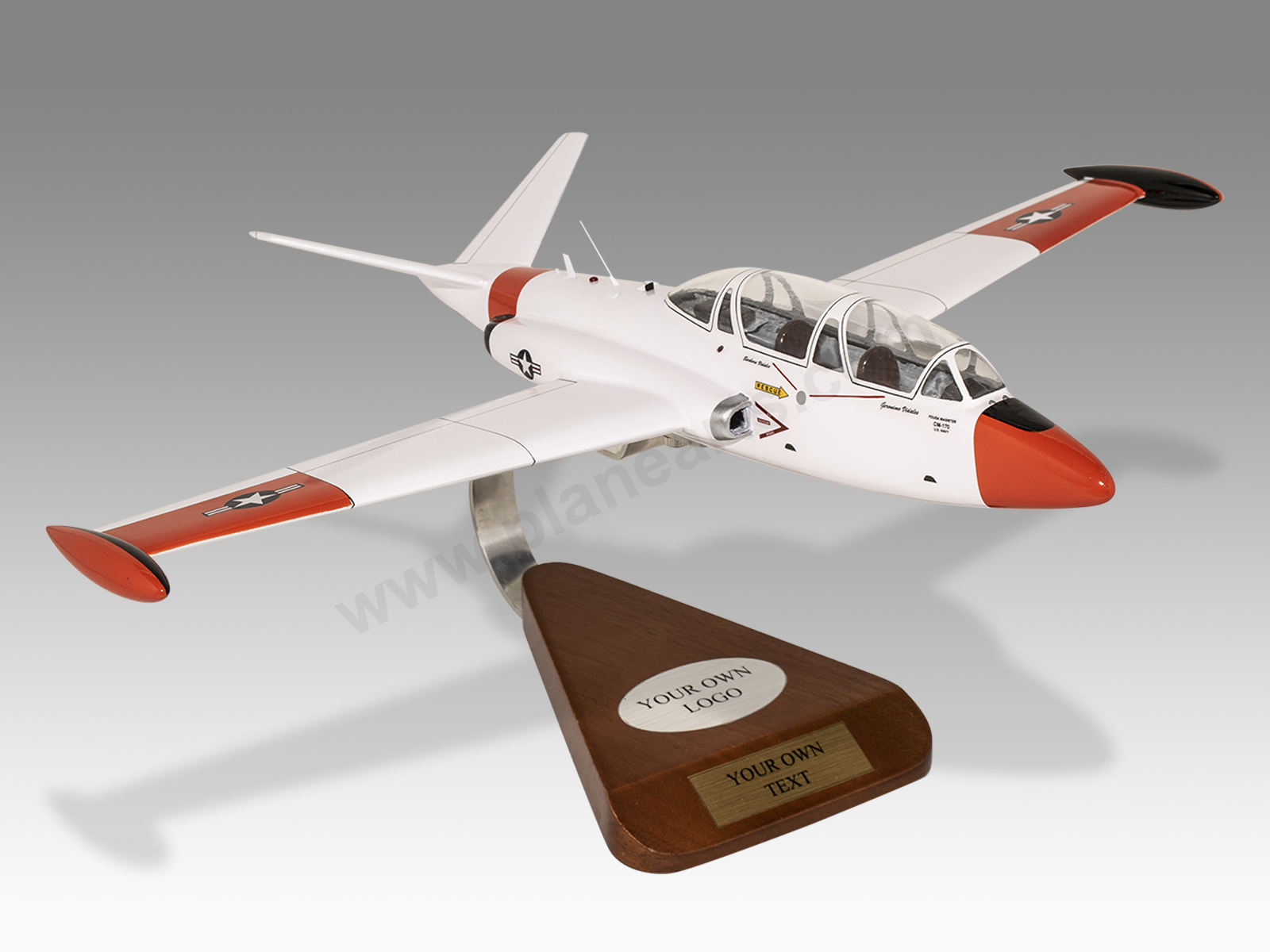
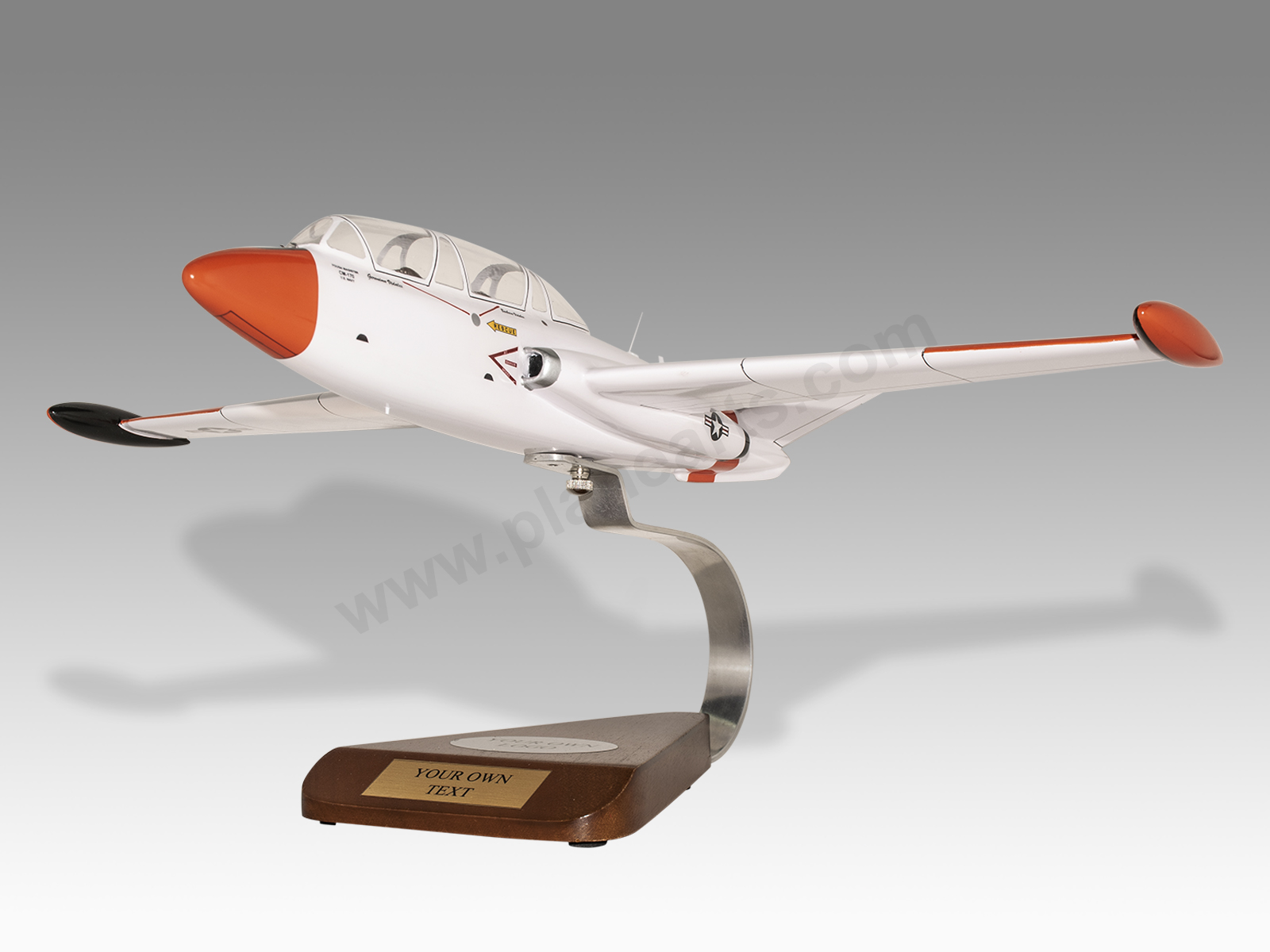
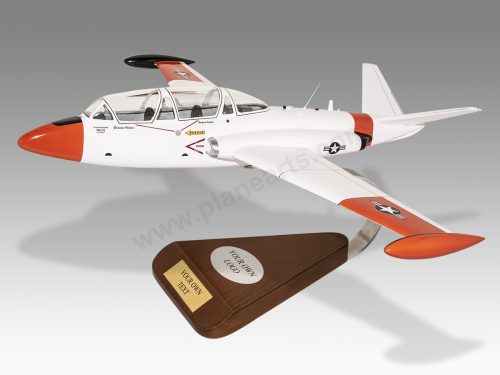
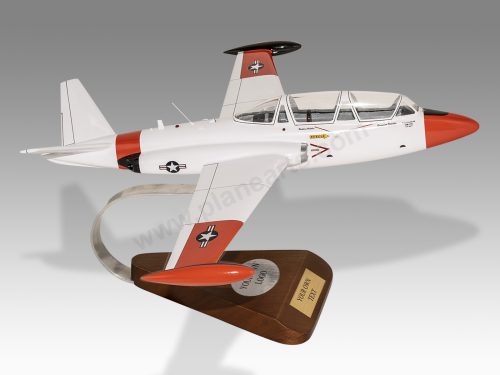
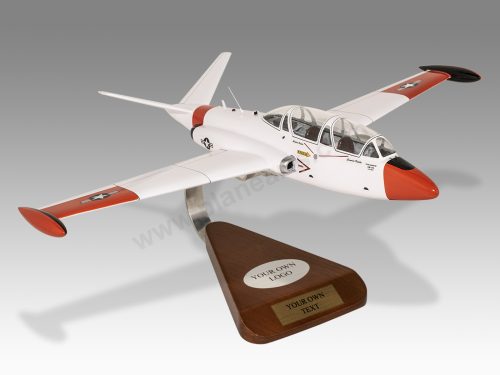
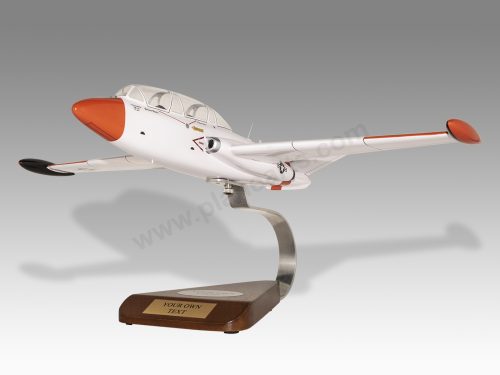
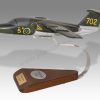
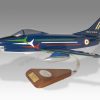
Reviews
There are no reviews yet.